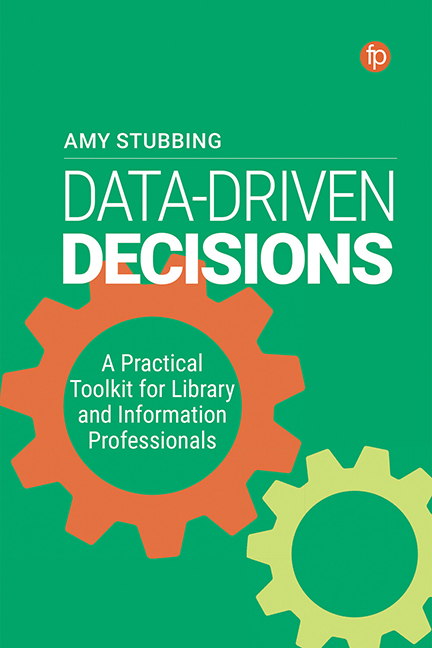Summary
Introduction
In this chapter we will look at mapping our data, what mapping our data means, and why we should care about it.
• what mapping is (page 39)
• how to make data comparable (page 40)
• key skills for mapping (page 48)
• how to create a map of data (page 52)
What is mapping?
You will be used to the way this works by now – we start with the big question of the chapter: what is data mapping?
Taking a very simple view, data mapping is the translating, overlaying and visualising of different sources of data to enable you to gain a more thorough understanding and to explore new and more complicated data needs which you identified in Step 1. It is the intermediate step between data collection and data analysis. While it is possible to jump directly from collection to analysis, you will miss out on a really vital part of moving towards data-driven decision making and creating a culture of it.
In this chapter we look at mapping for specific data.
Why is mapping important?
To truly move towards a culture of making data-driven decisions, you need to map your data. The heart of data-driven decision making is finding genuine understanding and truths from your data so you can make the best possible decisions for your service and your users. Mapping really is the best way to do this (outside collecting and using data in the first place!). By mapping your data, you will be able to find patterns and trends which often aren't visible when looking at only one source of data. When done well, mapping can open avenues leading to developments and decisions you may not have known were needed. It is a tough technique to learn and to get right, but the pay-off really is worth it.
Making data comparable (normalising)
There are a fair few steps to take before you can begin to draw up your data map. One of the most important is to make your data comparable, so let’s start with that.
As mentioned in the chapter introduction, the idea with creating a map of your data is that you overlay different data sources and types to gain a more extensive and in-depth understanding of a situation.
- Type
- Chapter
- Information
- Data-Driven DecisionsA Practical Toolkit for Librarians and Information Professionals, pp. 39 - 56Publisher: FacetPrint publication year: 2022



